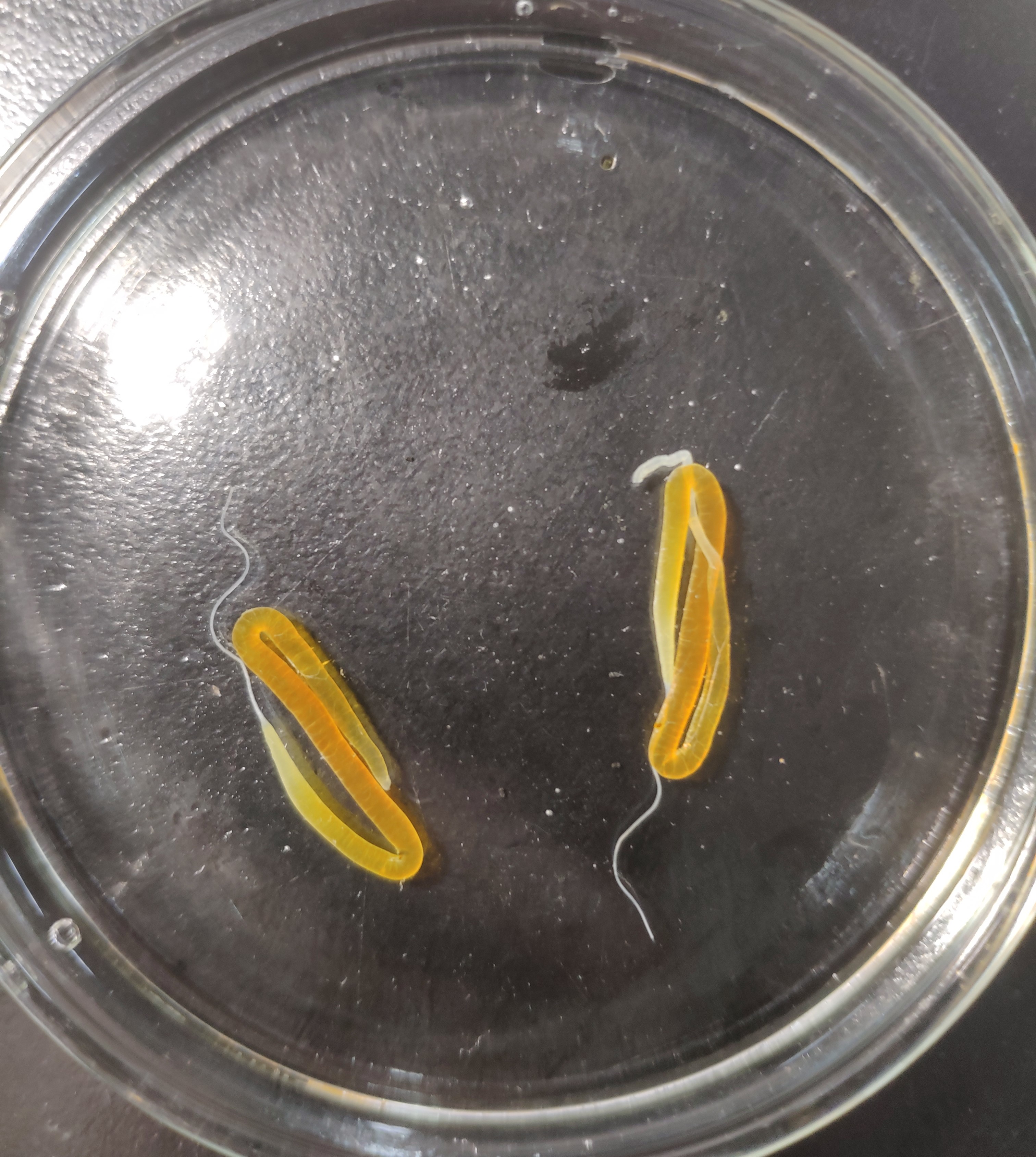Scientists have achieved a long-standing dream to genetically modify silkworms to produce a material stronger than the Kevlar in bulletproof vests. Not only could the product save lives and have a host of industrial uses, but it could also be more environmentally friendly than existing manufacturing techniques for high-strength fabrics.
Silkworms have been put to commercial use for almost 5,000 years. The trade in the product they made arguably helped to create the modern world by opening up contact between Europe and China. The threads certain moths spin to make their cocoons are even light and strong enough that parachutes were made from them until World War II.
Nevertheless, worms have nothing on spiders when it comes to the strength-to-weight ratio of their silk. Spider silk must stop fast-moving prey, and some species have spent millions of years refining this capacity. Where engineered materials are usually either tough or strong, spiders have managed both at once. Harvesting spider threads on any sort of large scale, however, has turned out to be not merely creepy, but very difficult thanks to the cannibalism of most spider species.
“Silkworm silk is presently the only animal silk fiber commercialized on a large scale, with well-established rearing techniques,” said Junpeng Mi of Donghua University in a statement. “Consequently, employing genetically modified silkworms to produce spider silk fiber enables low-cost large-scale commercialization.”
The idea has been around for a while, but it is only now that the first product has been demonstrated. Mi’s team used CRISPR-Cas9 to add genes that code for the strongest silk proteins from orb spiders to silkworms while still in the egg. Genes for more than 100 amino acids were required. The hundreds of thousands of microinjections this required was one of the hardest parts of the process, Mi said.
To test whether the modification worked, the team accompanied them with a gene that made the worms’ eyes glow red under fluorescent lighting. That might make an already slightly creepy project look considerably more sinister, but it allowed the team to know if they’d succeeded or failed without having to wait for the worms to grow up and start spinning cocoons.
Another major obstacle was to ensure the silkworm glands spun the spider silk properly, requiring modifications so the proteins in the worm’s glands and those in the spider silk were compatible.
Silk glands of domestic silkworms modified to produce spider silk.
Image Credit: Junpeng Mi
Besides the established strength of the product, capable of stopping a bullet while still being easier to wear than existing bullet-proof vests, silkworm/spider silk does not shed microplastics or require fossil fuels to make. When its job is done, a spider-silk shield will break down just as a spider web does.
The largest benefit might come in the form of stronger, more lasting, surgical sutures.
An alternative approach to manufacture silk that resembles that of spiders has floundered on the challenge of replicating the glycoprotein surface layer spiders use to stabilize their webs against humidity and light. Silkworms already coat their silk with something similar.
Other efforts have involved introducing materials no invertebrate has evolved to make, such as by feeding silkworms graphene or modifying the silkworm genome to make an amino acid not found in nature.
The study is published in Matter.
Source Link: Modified Silkworms Spin Spider Silk Six Times Stronger Than Kevlar
